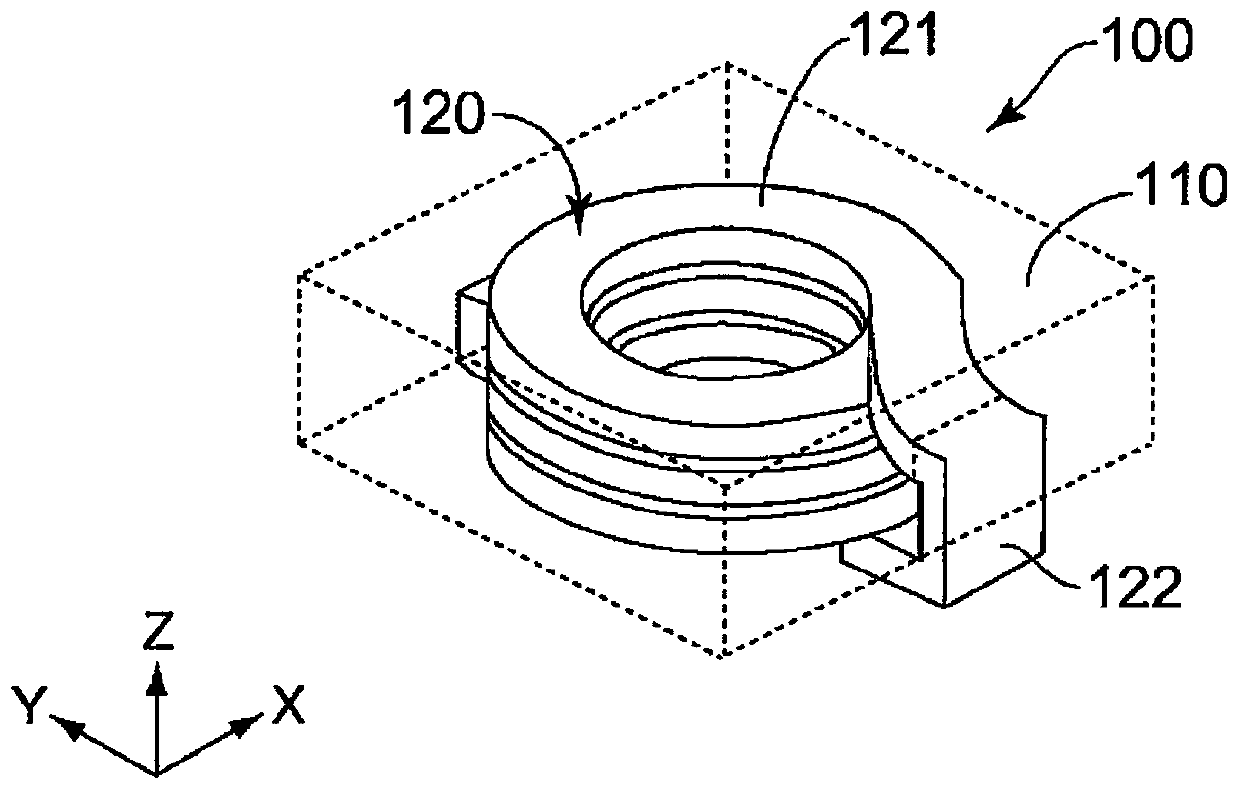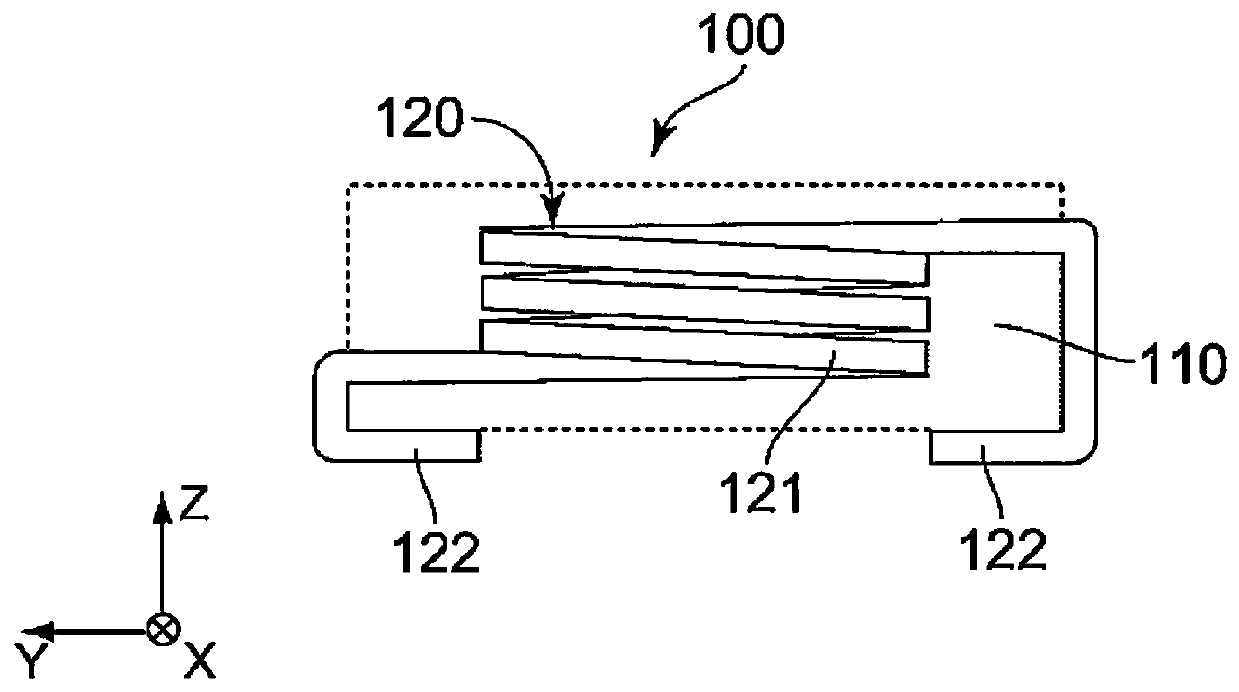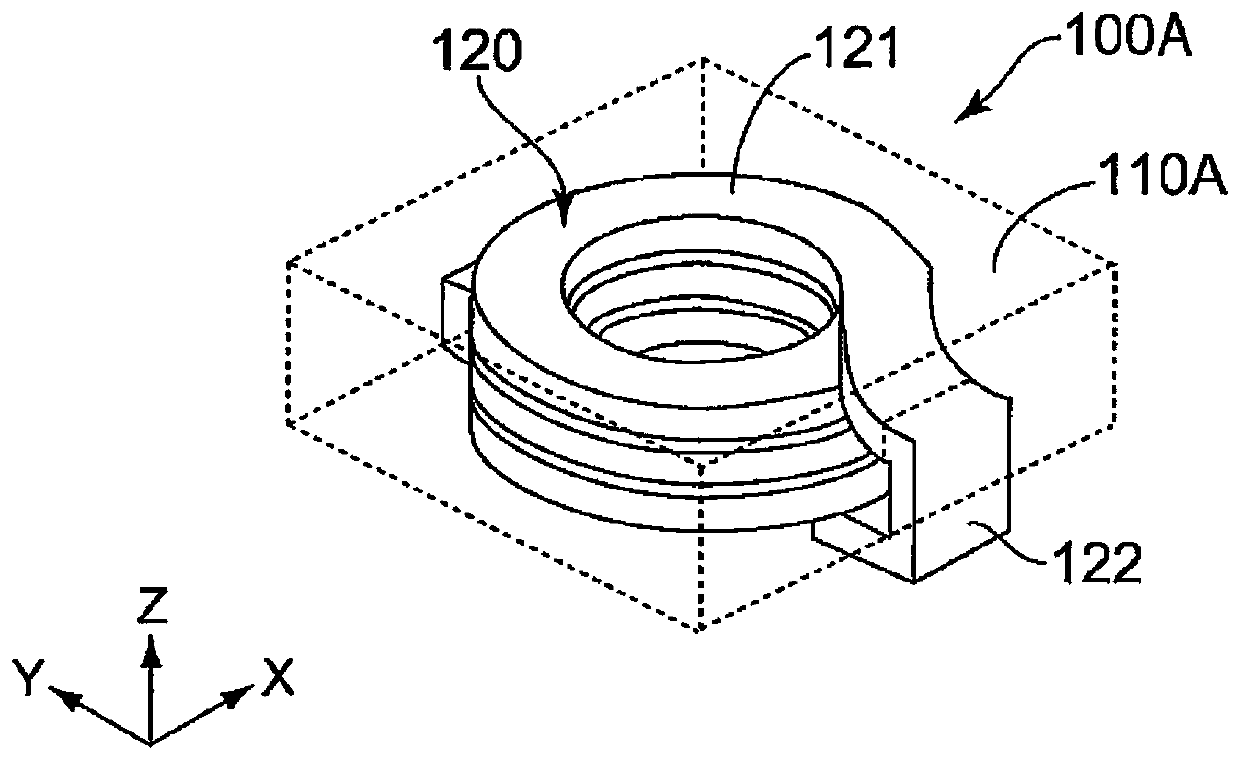Soft magnetic powder, powder magnetic core, magnetic component and method for producing powder magnetic core
A technology of a powder magnetic core and a manufacturing method, which is applied in the directions of magnetic core/yoke, transformer/inductor magnetic core, transformer/inductor components, etc., can solve the problems of complicated process, poor formability, and difficulty in making spherical powder. , to achieve the effect of high cooling performance and excellent mass production
- Summary
- Abstract
- Description
- Claims
- Application Information
AI Technical Summary
Problems solved by technology
Method used
Image
Examples
Embodiment 1~12 and comparative example 1~8
[0074] As raw materials for the soft magnetic powders of Examples 1 to 12 and Comparative Examples 1 to 8 described in Table 1 below, industrial pure iron, ferrosilicon, ferrous iron, ferroboron, and electrolytic copper were prepared. The raw materials were weighed so as to have the alloy compositions of Examples 1 to 12 and Comparative Examples 1 to 8 described in Table 1, and were melted by high-frequency melting in an argon atmosphere to prepare alloy melts. Next, after gas atomizing the produced alloy melt, it was quenched with cooling water to produce soft magnetic powder with an average particle diameter of 50 μm. The appearance of the state of the rust generated on the surface of the produced soft magnetic powder was observed. The precipitation phase of the produced soft magnetic powder was evaluated by X-ray diffraction (XRD: X-ray diffraction), and the ratio of the amorphous phase was calculated. In addition, the produced soft magnetic powder was heat-treated at the h...
Embodiment 13~25 and comparative example 9、10
[0089] As raw materials for the soft magnetic powders of Examples 13 to 25 and Comparative Examples 9 and 10 described in Table 3 below, industrial pure iron, ferrosilicon, ferrous iron, ferroboron, and electrolytic copper were prepared. The raw materials were weighed so as to have the alloy compositions of Examples 13 to 25 and Comparative Examples 9 and 10 described in Table 3, and were melted by high-frequency melting in an argon atmosphere to prepare alloy melts. Next, after gas atomizing the produced alloy melt, it was quenched with cooling water to produce soft magnetic powder with an average particle diameter of 50 μm. The appearance of the state of the rust generated on the surface of the produced soft magnetic powder was observed. The precipitation phase of the produced soft magnetic powder was evaluated by X-ray diffraction (XRD: X-ray diffraction), and the ratio of the amorphous phase was calculated. In addition, the produced soft magnetic powder was heat-treated at...
Embodiment 26~36
[0100] As raw materials for the soft magnetic powders of Examples 26 to 36 described in Table 5 below, industrial pure iron, ferrosilicon, ferrous iron, ferroboron, electrolytic copper, ferrochromium, carbon iron, niobium, molybdenum, Co, Ni, tin, zinc, Mn. The raw materials were weighed so as to have the alloy compositions of Examples 26 to 36 described in Table 5, and were melted by high-frequency melting in an argon atmosphere to prepare alloy melts. Next, after gas atomizing the produced alloy melt, it was quenched with cooling water to produce soft magnetic powder with an average particle diameter of 50 μm. The appearance of the rust generated on the surface of the produced soft magnetic powder was observed. The precipitation phase of the produced soft magnetic powder was evaluated by X-ray diffraction (XRD: X-ray diffraction), and the ratio of the amorphous phase was calculated. In addition, the produced soft magnetic powder was heat-treated at the heat treatment temper...
PUM
| Property | Measurement | Unit |
|---|---|---|
| particle size | aaaaa | aaaaa |
| density | aaaaa | aaaaa |
| particle size | aaaaa | aaaaa |
Abstract
Description
Claims
Application Information
 Login to View More
Login to View More - R&D
- Intellectual Property
- Life Sciences
- Materials
- Tech Scout
- Unparalleled Data Quality
- Higher Quality Content
- 60% Fewer Hallucinations
Browse by: Latest US Patents, China's latest patents, Technical Efficacy Thesaurus, Application Domain, Technology Topic, Popular Technical Reports.
© 2025 PatSnap. All rights reserved.Legal|Privacy policy|Modern Slavery Act Transparency Statement|Sitemap|About US| Contact US: help@patsnap.com



